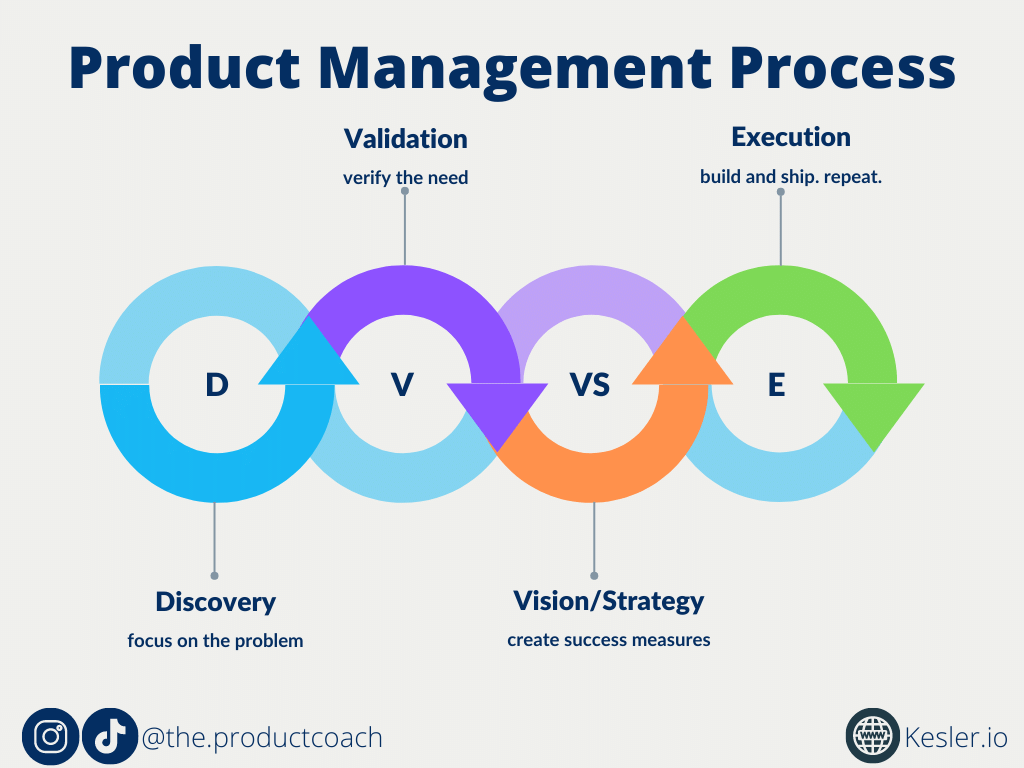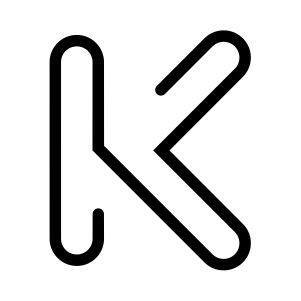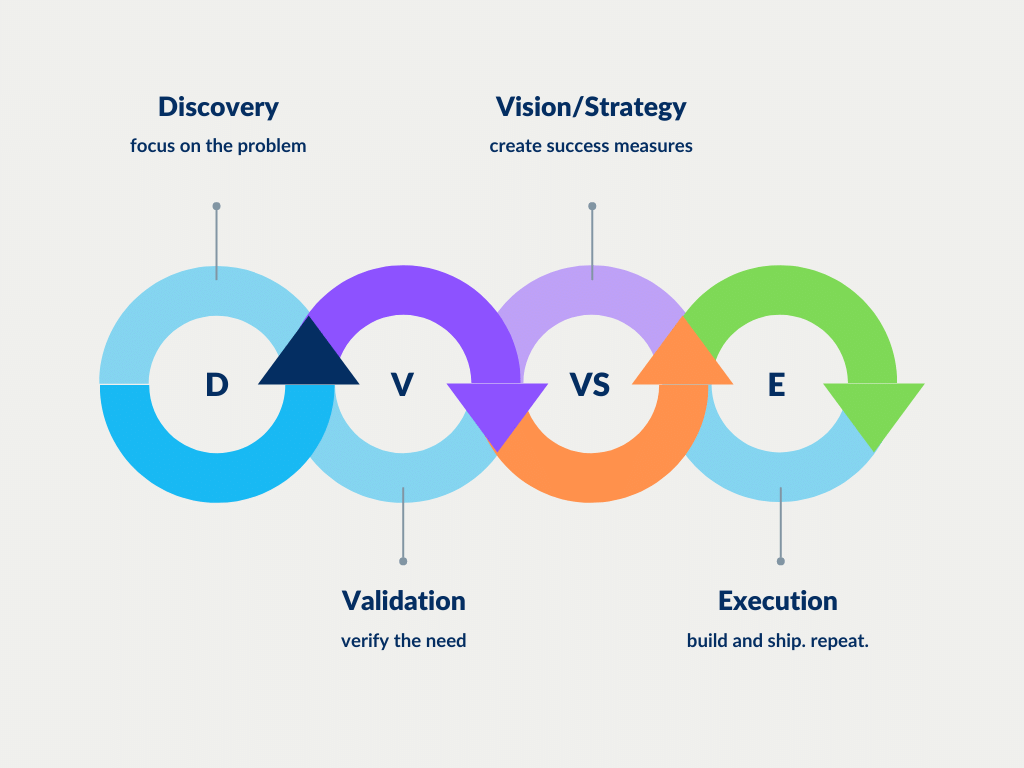How should we engage our customers? What’s your process for building new products? How should we discover problems with our product?
These are all questions I’ve been asked recently by separate companies. My answer to all these questions is actually a question itself. “How often do you get your customers on the phone?” I asked. I got varying responses but the summation of them was “we don’t…?”
“Why don’t you?” I ask back. Again, varying responses, but really the main answer was that they were all missing a research team. Which, in my opinion, is an excuse. That’s fine though, there’s nothing wrong with that, because what it really means is that they’re embarrassed and they know they should be doing discovery and customer research they just don’t know how! They’re waiting for this magical researcher to come in and save them. Really though, they just need process for the product management team to follow and enforce.
You probably guessed what’s coming next. In this series I’m going to break down my product management process for you. I’ve done all the research, I obsess over learning new frameworks, reading new product management books, etc. My process utilizes many of the best practices from Marty Cagan, Melissa Perri, Clayton Christensen, Teresa Torres, Dan Olsen and others and forms these teachings into a simple step by step flow.
The High Level Product Process

This four step process has turned product management into a formula for me, and after a lot of testing and experimentation, it works. Starting with discovery, moving to validation, vision and strategy, and then ending with execution. Every step involves the customer. I will go deeper though throughout this series. For now, we’ll stay high level.
Discovery
Discovery, this is the exploration piece of the process. This includes finding problems, empathizing with customers and defining all the pain points and jobs the customer is trying to get done (Jobs-To-Be-Done) with and without our product. From there we ideate on how we might solve some of the pain points and jobs with our product.
Validation
Validation begins after we’ve ideated a bit and come up with some ways to solve problems for customers. We then take the ideas we’ve come up with and assumptions we’ve made back to customers to verify if the problems are worth solving. If we receive negative feedback from customers or we find out our assumptions were wrong, it’s back to the discovery phase. If we’re good to keep going, we set the priority of what we solve and when with the customers and then we move into Vision and Strategy.
Vision/Strategy
The vision and strategy side of things is where we make sure the ideas we’ve generated fit with the company vision, run experiments on them, and create our own vision for the product itself that ties back to the company vision. After we’ve created our own vision we generate our objectives and key results (OKR’s), figure out how we’ll measure the success or failure, plot it all out on a roadmap and move forward into execution.
Execution
Execution is all about the building, shipping and measuring of the product. We finalize our designs and prototypes, create our stories, get them on our development board. Development teams build it, launch and then we go back to discovery.
Conclusion
As a product manager you might be in any or all of these phases over the course of any given day, so don’t let the seemingly linear nature of this confuse you. For some features, ideas, products, problems, etc. you may be in Vision/Strategy, or Discovery, then for others you might be in Validation. This is what makes our job so difficult, we’re constantly bouncing between different phases of our process and sometimes it’s hard for us to wrap our head around where we’re actually at. I’ve seen the patterns and I’m going to share this with you in this series. Over the next few articles I’ll go in depth into the discovery piece of the process, then I’ll break down the validation, vision/strategy and execution pieces further to give you a fully repeatable process you can use, bring to other businesses, and thrive in this world of product management.



As a teacher, I used much the same strategy, although the consumer/student often pulled me back into the discovery stage. I often had to revise the execution stage based on student needs, parent expectations (or lack thereof) and the school’s willingness to support my strategies. Wonder if businesses have the same impact. Wish that I’d had this guide back in the day!